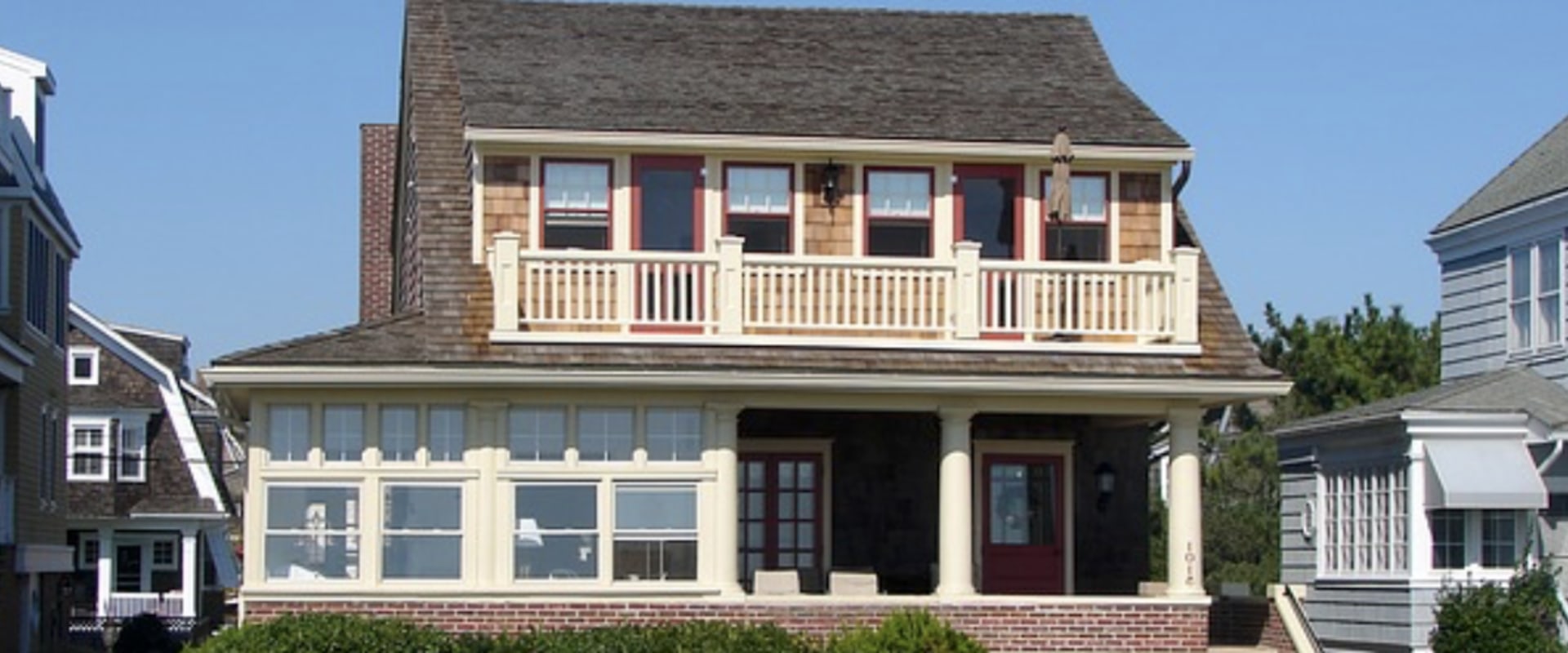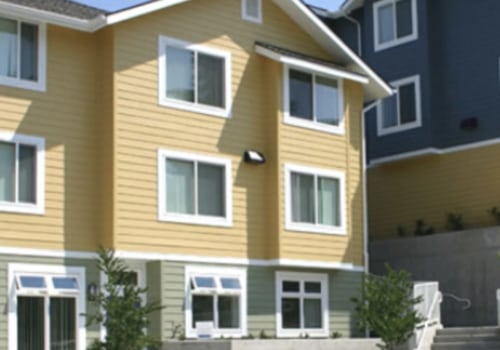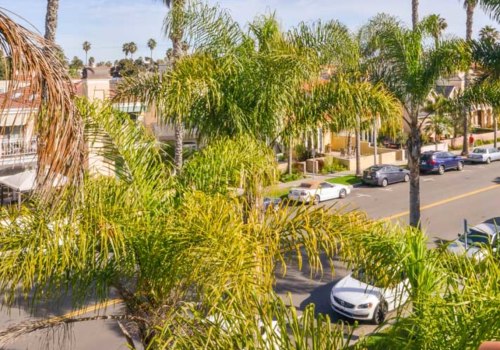Territories for Mental and Substance Use Disorders, Behavioral Health Treatment. What is the SAMHSA National Helpline? What are the hours of operation? English and Spanish are available if you select the option to speak with a national representative. Text messaging service 435748 (HELP4U) is currently only available in English. Do I need health insurance to receive this service? The referral service is free. If you are uninsured or underinsured, we will refer you to the state office, which is responsible for state-funded treatment programs.
In addition, we can often refer you to facilities that charge on a sliding fee scale or that accept Medicare or Medicaid. If you have health insurance, we recommend that you contact your insurer for a list of participating providers and healthcare facilities. We will not ask you for any personal data. We may request your postal code or other relevant geographic information to track calls sent to other offices or to accurately identify local resources appropriate to your needs. No, we don't offer advice.
Trained information specialists answer calls, transfer callers to state services or other appropriate intake centers in their states, and connect them to local assistance and support. Alcohol and Drug Addiction Happens in Best Families Describe how alcohol and drug addiction affects the whole family. Explains how substance abuse treatment works, how family interventions can be a first step to recovery, and how to help children from families affected by alcohol and drug abuse. For additional resources, visit the SAMHSA store. Visit SAMHSA's Facebook Page Visit SAMHSA on Twitter Visit SAMHSA's YouTube Channel Visit SAMHSA on LinkedIn Visit SAMHSA on Instagram SAMHSA Blog SAMHSA's mission is to reduce the impact of substance abuse and mental illness on communities across the United States.In general, sober living homes are privately owned homes for people recovering from drug or alcohol addiction.
Homes are usually located in quiet and peaceful neighborhoods, where members can de-stress and focus on their growth and recovery journeys.
What is the Best Type of Home for Sober Living and How Much Do They Cost?
Sober living homes are designed to be the aftercare phase for addicts in the early stages of recovery. Sometimes, young adults need extra support after rehabilitation. Young people who were involved in drug abuse as teenagers sometimes do not develop emotionally and, therefore, after rehabilitation, struggle to meet the demands of adulthood. A sober home is a place where they can receive ongoing treatment, in addition to learning to live as independent adults. At The Crossroads is one of the best sober living homes in the nation, and it's also affordable.Sober living homes typically cost between $500-$1,500 per month depending on location and amenities.
How Can Sober Living Homes Help Addicted Young Adults Who Have Recently Completed a Rehab Program?
In some cases, sober living households will contract with licensed drug rehabilitation centers and therapists as a means of providing an even higher standard of care. While sober living homes are less restrictive than inpatient centers, they still have rules that residents must adhere to, including curfews and attendance at group meetings. Sober living homes offer an intermediate recovery option that allows you to reinforce lessons learned in rehabilitation.What Are The Benefits Of Living In A Sober Home?
Sober Living Homes are alcohol- and drug-free environments where residents can establish or maintain their sobriety. A big part of staying in a sober home is creating positive friendships that help reinforce the desire to abstain from drugs and alcohol.The tools people learn in intensive rehabilitation programs can prepare them for more sustainable success in a sober living home. A sober living home (sometimes called a transitional home) functions as a bridge between an inpatient center and the “real world”. If you need help finding a sober home or other treatment options, contact a treatment provider today. For many people in recovery, moving to a sober home after treatment makes the difference between returning to their old habits or continuing on the path to sobriety. Recovery and sober living homes can empower people to get the help they need and the aftercare needed to complete rehabilitation. The best results are obtained when an addict has transitioned from a formal drug or alcohol rehabilitation program and then moves directly to a sober life. Sober living homes can encourage peer encouragement, camaraderie, character development and responsibility in residents.
Transitioning from a highly structured environment to independence can be challenging, so a sober living home can bridge the gap and provide some structure while allowing a person to regain independence. A sober living home is an excellent option to alleviate any worries you may have about returning from such a monitored environment to daily life...




